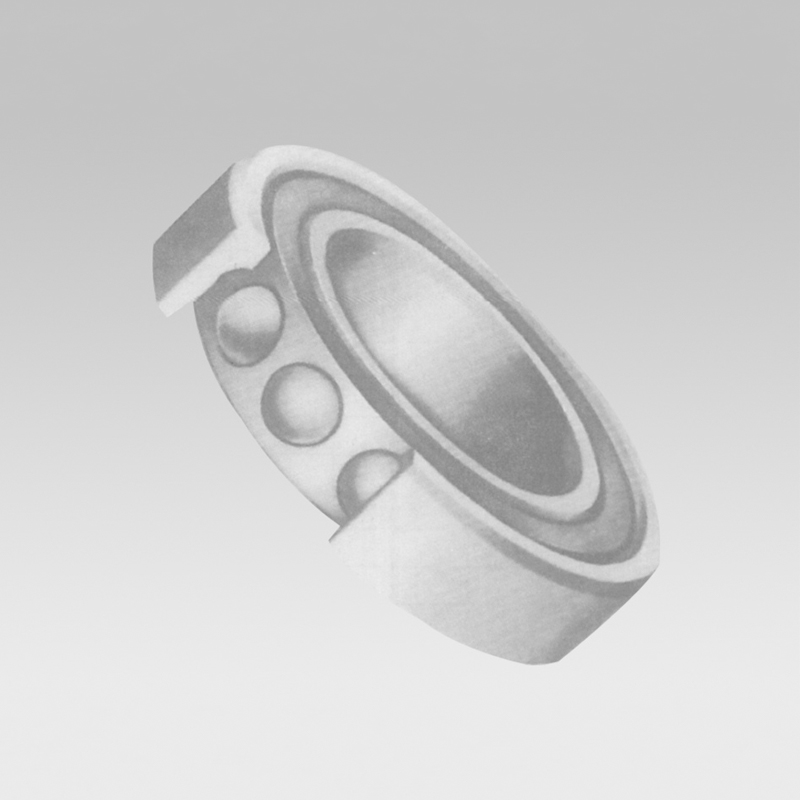
Dec . 24, 2024 17:09 Back to list
Understanding the Design and Function of Roller Bearing Cones in Machinery
Understanding Roller Bearing Cones A Comprehensive Overview
Roller bearings are essential components in various mechanical systems, where they reduce friction and facilitate smooth rotational movement. Among the different types of roller bearings, the roller bearing cone plays a crucial role in supporting loads and enhancing the efficiency of machines. This article delves into the significance, structure, and application of roller bearing cones, providing an in-depth understanding of their functionality.
What is a Roller Bearing Cone?
The term roller bearing cone typically refers to the inner component of a tapered roller bearing assembly. Tapered roller bearings consist of an outer ring, an inner ring (the cone), and a set of tapered rollers. The unique design of these bearings allows them to handle both radial and axial loads, making them ideal for various applications in automotive, aerospace, and industrial machinery.
Structure of Roller Bearing Cones
The roller bearing cone is characterized by its conical shape, which allows it to accommodate tapered rollers that are placed between the cone and the outer ring (the cup). The inner surface of the cone is precision-ground to provide a smooth surface for the rollers to rotate against. This design maximizes the contact area between the rollers and the cone, allowing for efficient force distribution and reduced wear.
Key features of roller bearing cones include
1. Material Roller bearing cones are typically made from high-carbon chromium steel, which provides excellent hardness and wear resistance. Some applications might utilize ceramic materials for specialized conditions, where lighter weight and higher resistance to corrosion are required.
2. Precision Machining The manufacturing processes involved in creating roller bearing cones include advanced machining techniques like grinding and honing. This precision is vital to ensure minimal operational friction and prolonged service life.
roller bearing cone

3. Load Capacity The design of roller bearing cones allows them to support significant axial and radial loads, which are crucial for heavy machinery and high-speed applications.
Applications of Roller Bearing Cones
Roller bearing cones are ubiquitous in various industries due to their versatility and durability. Some common applications include
1. Automotive Tapered roller bearings are widely used in vehicle wheel hubs, allowing for smooth rotation under heavy loads while simultaneously accommodating lateral forces.
2. Aerospace In aircraft, roller bearing cones support critical components such as landing gear and engine systems, where performance and reliability are paramount.
3. Industrial Machinery These bearings are fundamental in heavy machinery such as conveyor systems, where they support high loads and reduce friction, enhancing energy efficiency.
4. Marine Applications Roller bearing cones are often utilized in marine engines and propulsion systems, where they must withstand harsh conditions while providing reliable performance.
Conclusion
In summary, roller bearing cones play a vital role in the efficiency and functionality of numerous mechanical systems. By facilitating smooth rotation and accommodating high loads, they enhance the performance of vehicles, machinery, and aerospace technologies. Understanding the design, structure, and applications of roller bearing cones is essential for engineers and manufacturers aiming to optimize their products and ensure long-lasting reliability. As industries continue to evolve, advancements in roller bearing technology will undoubtedly contribute to more efficient and sustainable engineering solutions.
Latest news
-
Premium Deep Groove Ball Bearings | High Speed & Reliability
NewsAug.29,2025
-
Durable Scaffolding Clamps - Secure & Reliable Tube Connectors
NewsAug.28,2025
-
Common Failures in Thrust Ball Bearings and Solutions
NewsAug.22,2025
-
How Tapered Roller Bearings Can Take Shock Loads
NewsAug.22,2025
-
Angular Bearings in High-Precision Spindles
NewsAug.22,2025
-
The Impact of Misalignment on Cylindrical Roller Bearing Performance
NewsAug.22,2025
